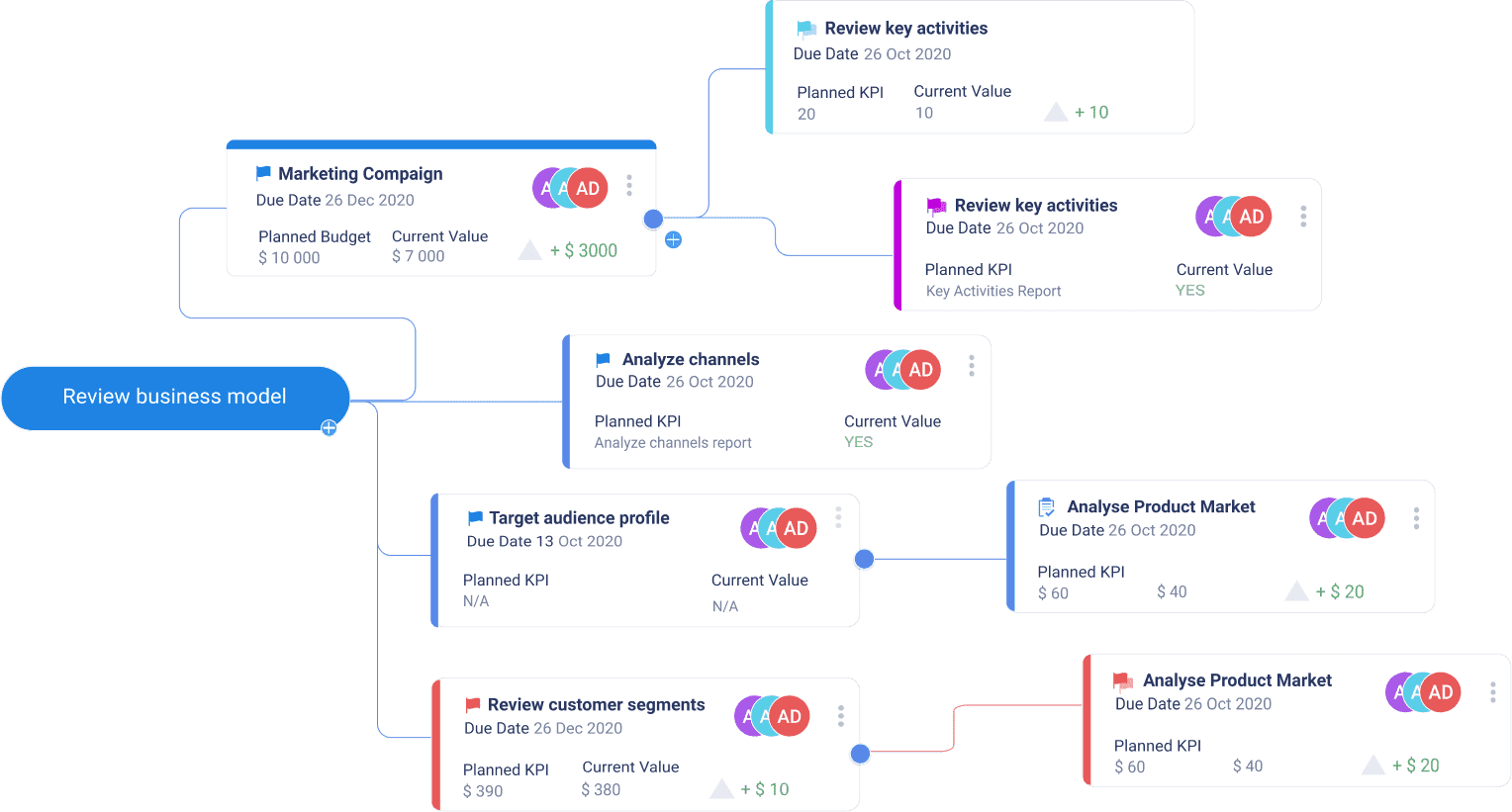What is Business Agility?
Business Agility is the organization’s ability to thrive in the modern fast-changing markets and remain competitive by quickly responding to new challenges and opportunities with innovative solutions. Though it’s part of the Agile mindset that has emerged in the software development industry, business agility is an objective for every department: top management, development teams, IT operations, legal, finance, sales, and marketing. In their drive to achieve it, they rely on Agile practices to enable fast and continuous delivery of high-quality products.

Four Pillars of Business Agility
As a philosophy, business agility can be called mindfulness at work and harmonization of internal and external success markers. In this context, it rests upon four pillars:
- Mindful delivery – any improvement in the organization’s business or development processes should be aimed at adding value and product delivery optimization.
- Real team – according to J. Richard Hackman, a team that has a compelling direction, structure that facilitates their collaboration, and expert team coaching, and that is supported by the organizational infrastructure. Only real and Agile teams – autonomous and responsible – can lead the company to business agility.
- Involved product representative – any Agile development team works in close collaboration with stakeholders, including product people. Product Managers and Product Owners guide the development team as to the direction of the product development and explain the customer’s needs and expectations.
- Visible and measurable result – Agile promotes continuous delivery of a working product increment, rather than of a one-time launch of a final product. The loop of getting feedback on the delivered product or features, adjusting the development, and adding value in the following iteration is one of the major principles of the Agile methodology. At the same time, planning only one or two iterations ahead ensures that the added value can be measured against the planned tasks, which increases transparency and the team’s and stakeholders’ involvement.
Core Competencies of Business Agility
Business Agility can be achieved only after the organization masters several key competences which provide the required skills and knowledge and stimulate the desired behavior:
- Agile Leadership: Agile leaders lead their teams by example, promote Agile mindset and change the ways of working to increase innovation and productivity and to engage employees.
- Continuous Learning Culture: an organization should become a learning environment by promoting the values and practices that encourage employees and the whole company to continuously increase knowledge, performance, and strive for innovation.
- Team and Technical Agility: high-performing Agile teams should learn to collaborate and make decisions so that they can increase productivity, improve quality and time-to-market, and to achieve predictable deliveries.
- Agile Product Delivery: a customer-centric approach to provide solutions that satisfy customers, but also that reduce risk and costs by maintaining a continuous flow of valuable products to the customers.
- Enterprise Solution Delivery: this competency ensures that the Agile principles can be applied to the development, deployment, and operation of the enterprise-scale software, cyber-physical systems, and networks.
- Agile Portfolio Management: the organization’s business strategy and execution must be aligned by applying Agile thinking approaches to investment funding, portfolio operations, and governance.
- Organizational Agility: Agile teams should be able to optimize their business processes and quickly adapt the organization, when necessary.
Business Agility is the highest stage of the Agile transformation journey in an organization and a real game changer: it is believed that how Agile an organization is at the business and strategic level and how ready it is for marketing-opening might be the most significant factor in deciding who wins in the new economy. Companies that master Business Agility will better satisfy and predict customer needs, engage employees and, ultimately, create higher profits and win greater market shares.



